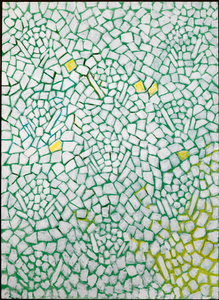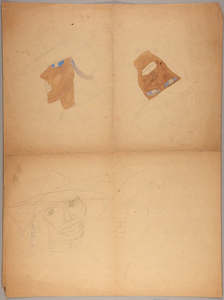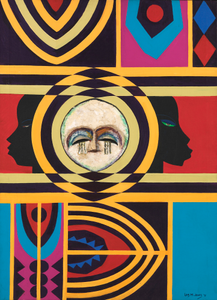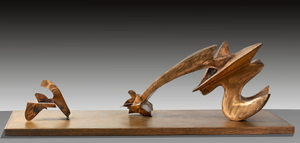Description
In Radiante, Olda Albizu rhythmically applied large blocks of yellow, orange, and black paint against a vibrant background to orchestrate what she called "a conversation between color and form." The result is a joyous work that bathes the viewer in light. Like most of Albizu's canvases, Radiante conjures a mood -- or a temperature -- rather than a specific time or place. Albizu was associated with vanguard currents in Puerto Rican art that favored abstraction over figuration and nationalist-inflected themes. After graduating from university, she studied painting in New York, Paris, and Florence before returning to and settling in New York for good in 1946. There, her work became increasingly aligned with abstract expressionism at a time when this movement was defining New York as a new global art center.In Radiante, Albizu rhythmically applied large blocks of pigment against a yellow background to orchestrate what she called “a conversation between color and form.” Her vivid palette conveys that, like other abstract expressionists, she believed in the emotive power of color. Albizu’s works are recognized worldwide because her canvases graced the covers of several RCA and Verve jazz albums, including the bossa nova classic Getz/Gilberto (1964). One of the first Puerto Rican artists to embrace abstraction, Albizu studied with painter Esteban Vicente before moving to New York City. There she became a student of Hans Hofmann, the German émigré artist who had a decisive impact on midcentury American art.Our America: The Latino Presence in American Art, 2013The Latino Art Collection at...
Image
Oil On Canvas
Smithsonian American Art Museum, Gift of JPMorgan Chase





















